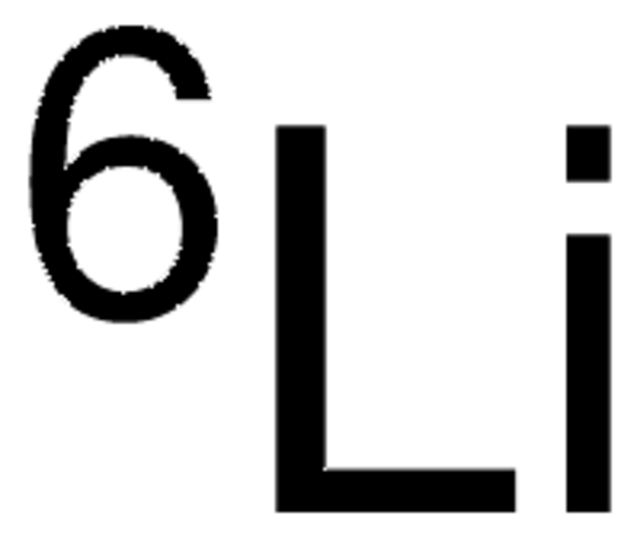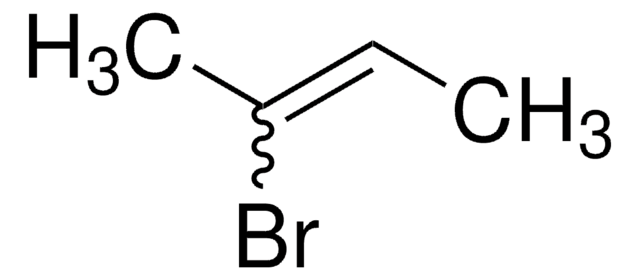278327
Lithium
wire, diam. 3.2 mm, in mineral oil, ≥98%
About This Item
Productos recomendados
Ensayo
≥98%
Formulario
wire
contiene
copper as stabilizer
idoneidad de la reacción
reagent type: reductant
características de los productos alternativos más sostenibles
Design for Energy Efficiency
Learn more about the Principles of Green Chemistry.
sustainability
Greener Alternative Product
resistividad
9.446 μΩ-cm, 20°C
Diámetro
3.2 mm
impurezas
0.5-1% sodium
bp
1342 °C (lit.)
mp
180 °C (lit.)
densidad
0.534 g/mL at 25 °C (lit.)
aplicaciones
battery manufacturing
categoría alternativa más sostenible
cadena SMILES
[Li]
InChI
1S/Li
Clave InChI
WHXSMMKQMYFTQS-UHFFFAOYSA-N
¿Está buscando productos similares? Visita Guía de comparación de productos
Descripción general
Aplicación
Palabra de señalización
Danger
Frases de peligro
Consejos de prudencia
Clasificaciones de peligro
Skin Corr. 1B - Water-react 1
Riesgos supl.
Código de clase de almacenamiento
4.3 - Hazardous materials which set free flammable gases upon contact with water
Clase de riesgo para el agua (WGK)
WGK 1
Punto de inflamabilidad (°F)
Not applicable
Punto de inflamabilidad (°C)
Not applicable
Elija entre una de las versiones más recientes:
¿Ya tiene este producto?
Encuentre la documentación para los productos que ha comprado recientemente en la Biblioteca de documentos.
Los clientes también vieron
Artículos
Nanomaterials for Energy Storage in Lithium-ion Battery Applications
Increasing fuel costs and concerns about greenhouse gas emissions have spurred the growth in sales of hybrid electric vehicles (HEVs) that carry a battery pack to supplement the performance of the internal combustion engine (ICE).
Professor Qiao’s laboratory lays out recent advances in conversion type lithium metal fluoride batteries. This review explores key concepts in developing electrochemically stable microstructures for wide Li-ion insertion channels.
Recent demand for electric and hybrid vehicles, coupled with a reduction in prices, has caused lithium-ion batteries (LIBs) to become an increasingly popular form of rechargeable battery technology.
Nuestro equipo de científicos tiene experiencia en todas las áreas de investigación: Ciencias de la vida, Ciencia de los materiales, Síntesis química, Cromatografía, Analítica y muchas otras.
Póngase en contacto con el Servicio técnico





